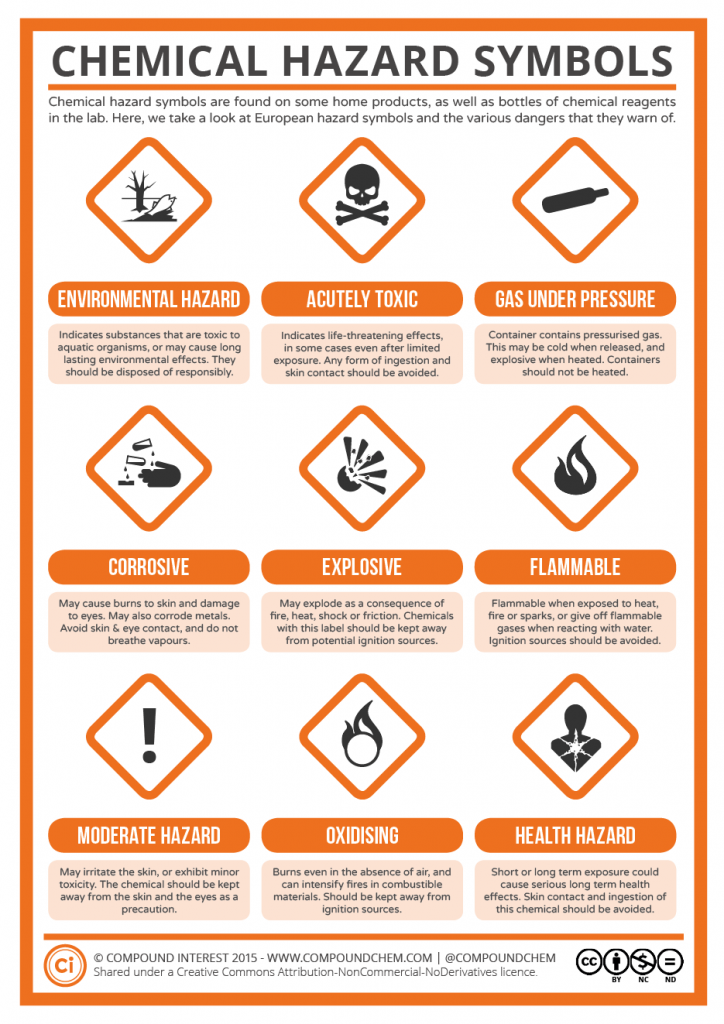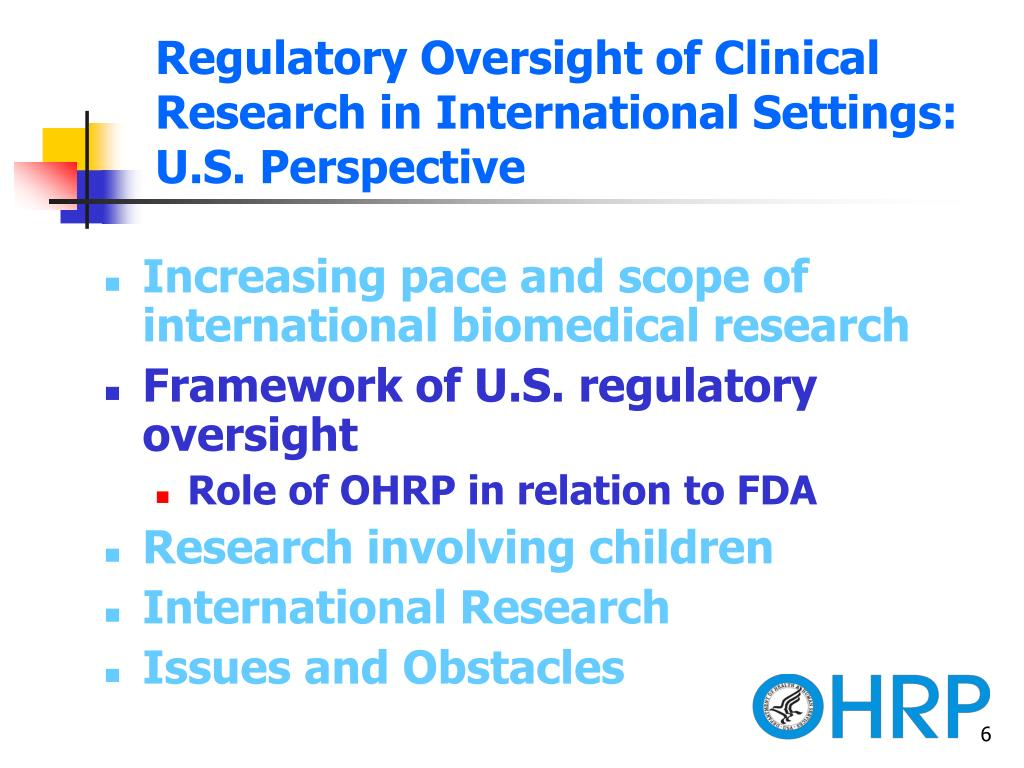
Chemical health hazards are an often-overlooked component in our daily lives, lurking in the products we use without our knowledge. From the toxic chemicals in our clothes to those found in household items, these substances can have serious implications for both individual well-being and environmental health. As we navigate a world filled with industrial chemicals, understanding the potential dangers is paramount for ensuring product safety. Organizations like ChemFORWARD are tackling this issue head-on by providing a comprehensive chemical database that informs consumers and manufacturers alike. By emphasizing the importance of safer chemistry, we can mitigate the risks associated with hazardous exposure and promote healthier lifestyles.
When discussing the threats posed by hazardous substances, it’s vital to consider terms like toxic substances, environmentally harmful materials, and product toxicity. These alternative phrases highlight the pervasive nature of chemical risks present in everyday items, from clothing to furniture. By broadening our vocabulary around these dangers, we can encourage more informed conversations about public health and sustainability. Initiatives aimed at cataloging chemical safety and promoting safer alternatives are essential in combating the negative impact of these harmful agents on our lives and the planet. Understanding these related concepts not only enhances awareness but also drives action towards creating a healthier future for all.
Understanding Chemical Health Hazards
Chemical health hazards refer to the potential negative effects that exposure to toxic chemicals can have on human health. These effects can manifest through various pathways, such as ingestion, inhalation, or skin contact. For example, common household items, such as cleaning products, can contain hazardous chemicals that pose risks of irritation or even more serious health effects like endocrine disruption and carcinogenicity. Understanding these health hazards is essential for safeguarding public health, particularly in a world where plastic, synthetic fabrics, and other chemically-intensive materials are prevalent.
Awareness of chemical health hazards is crucial as many individuals are unaware of the potential dangers lurking in everyday products. Items made from synthetic materials, like clothing and furniture, are often treated with harmful chemicals that can leach into our environments. Companies like ChemFORWARD are working diligently to provide consumers and businesses with the necessary insights into the chemicals that may impact their health, promoting an understanding that prevention starts with informed choices.
The Role of Safer Chemistry in Product Safety
Safer chemistry practices are becoming pivotal in ensuring product safety across various industries. These practices involve the development and use of chemical substances that minimize or eliminate hazardous features. By adhering to safer chemistry principles, manufacturers are able to produce goods that not only meet consumer safety standards but also contribute to a healthier environment. In a marketplace increasingly conscious of environmental health, companies that prioritize safer chemistry are likely to establish trust and loyalty among consumers.
Implementing safer chemistry principles isn’t just beneficial for consumers; it also encourages transparency and responsibility within industries. Companies committed to safer product formulations can markedly reduce their liability and enhance their market competitiveness. Furthermore, industries that engage in this methodology will gain valuable insights from chemical databases that facilitate informed decision-making regarding chemical safety, thus fostering a proactive culture of health and environmental stewardship.
Importance of Chemical Databases for Health and Environment
Chemical databases are invaluable tools for both consumers and manufacturers in understanding the potential impacts of toxic chemicals on human health and the environment. These databases, such as the one created by ChemFORWARD, compile comprehensive information about chemical properties, health hazards, and environmental effects. They provide accessible resources that aid various stakeholders—ranging from manufacturers to health researchers—in making informed decisions about chemicals used in their products. This accessibility helps democratize knowledge regarding chemical safety, ultimately leading to improved public health outcomes.
Moreover, the consolidation of chemical data helps point out trends in hazardous chemical usage, enabling industries to pivot towards safer alternatives. As such databases grow and evolve, they play a crucial role in shaping future regulations and guidelines on chemical safety, helping to minimize exposure to harmful substances. By fostering collaboration between corporations, academic institutions, and governmental organizations, these databases can drive advancements in safer chemistry practices that prioritize both human health and environmental resilience.
Advancements in Toxicology and Product Safety Measures
As the field of toxicology continues to advance, significant strides are being made in understanding how toxic chemicals affect human health. Enhanced methodologies now allow for comprehensive assessments of chemical toxicity, evaluating many endpoints such as carcinogenicity, neurotoxicity, and reproductive toxicity. By harnessing this knowledge, organizations can classify chemicals more accurately, informing safer product development and consumer choices. This scientific progress is pivotal in ensuring product safety and in protecting consumers from potential harm.
In addition to rigorously assessing toxicity, developing new product safety measures is crucial. Many companies are now focusing on creating safer formulations that omit known hazardous substances. This shift not only promotes a healthier consumer base but also aligns with increasing regulations focused on environmental health. By applying strong toxicological evaluations and embracing innovative product safety measures, industries can significantly contribute to reducing the burden of chemicals on both human and environmental health.
Navigating Corporate Sustainability and Chemical Safety
Corporate sustainability is increasingly intertwined with chemical safety, as businesses face mounting pressure from consumers and regulators alike to demonstrate responsible practices. Companies that adopt sustainable practices tend to prioritize the health implications of their chemical choices, striving to minimize their environmental footprint. Emphasizing safer chemistry is key to overcoming the challenges of ensuring product safety without compromising on quality or efficacy.
As organizations collaborate with chemical safety experts and utilize comprehensive chemical databases, they can better navigate the complexities of environmental health regulations. In doing so, companies not only enhance their reputation and consumer trust but also contribute to a collective effort in reducing the use of toxic chemicals in everyday products. This holistic approach ultimately lays the groundwork for a more sustainable future where both corporate interests and public health thrive.
Assessing Chemical Impact on Public Health
Understanding the impact of chemicals on public health is essential for ensuring community well-being. Toxic chemicals can enter our bodies through simple everyday products, making it crucial to evaluate the health repercussions associated with their use. New assessments from organizations like ChemFORWARD shed light on how various chemicals interact with biological systems, calculating risks associated with exposure levels. This kind of analysis informs public health initiatives aimed at reducing environmental health hazards.
Furthermore, by openly sharing findings from chemical assessments, businesses empower consumers to make informed choices about the products they use. Public health agencies can leverage this data to enact policies that protect populations from harmful exposures. The systematic assessment of chemical impacts fosters accountability and encourages all stakeholders to prioritize health-protective measures that ultimately lead to healthier communities.
The Future of Environmental Health Legislation
The landscape of environmental health legislation is rapidly evolving, as more individuals and communities call for stricter regulations concerning toxic chemicals. Governments are becoming increasingly aware of the pressing need to institute laws that protect public health from hazardous substances present in consumer products. This shift has resulted in heightened scrutiny of chemical use in various products, driving manufacturers to adhere to stringent safety standards.
Ongoing discussions within legislative bodies emphasize the importance of integrating comprehensive assessments, such as those provided by chemical databases, into policy-making. The establishment of uniform regulatory frameworks can standardize safety measures across sectors, ensuring a collective approach to mitigating chemical hazards. By advancing environmental health legislation, we can safeguard not only current populations but also future generations from the detrimental impacts of toxic chemicals.
Collaborations for Better Chemical Management
Collaborative partnerships are key to effective chemical management, as they draw on diverse expertise and resources to enhance safety initiatives. Organizations such as ChemFORWARD are setting examples of how cooperation among public, private, and academic sectors can lead to meaningful improvements in chemical safety. By pooling data and resources, these partnerships maximize opportunities for innovation and expedite the creation of safer chemical alternatives.
Such collaborations also foster educational outreach, providing targeted resources to stakeholders across industries. By disseminating best practices and sharing research findings, partnerships can elevate the industry’s overall understanding of chemical risks and promote safer practices. Collaborative efforts not only uplift individual companies but also strengthen community health and safety, creating a collective impact that benefits society as a whole.
Consumer Awareness and Chemical Safety
Consumer awareness plays a pivotal role in driving demand for safer products, prompting manufacturers to reconsider their chemical practices. Educated consumers who actively seek information about chemical safety are crucial in holding companies accountable for the substances used in their products. As public interest in environmental health increases, businesses are motivated to prioritize transparency and invest in safer formulations to meet consumer expectations.
Empowering consumers with knowledge about toxic chemicals and their health implications leads to informed purchasing decisions. Companies that recognize this trend embrace marketing strategies focused on safety and sustainability, translating to an advantage in the competitive marketplace. As awareness grows, it contributes not only to improved public health outcomes but also to the promotion of a more responsible and sustainable approach to production across industries.
Frequently Asked Questions
What are chemical health hazards and how do they affect us?
Chemical health hazards refer to substances that can cause harm to human health through exposure, including toxic chemicals that are found in everyday products. Exposure can lead to various health issues, from skin irritations to more severe conditions like cancer. Understanding these hazards is essential for promoting environmental health and ensuring product safety.
How can a chemical database help in identifying toxic chemicals?
A chemical database, such as the one maintained by ChemFORWARD, provides comprehensive information on industrial chemicals and their associated health hazards. By cataloging verified chemical hazard assessments (CHAs), it helps companies identify toxic chemicals in their supply chains and make informed decisions to enhance product safety and protect human health.
What role does safer chemistry play in reducing chemical health hazards?
Safer chemistry focuses on designing products and processes that minimize the use of hazardous substances, thereby reducing chemical health hazards. By encouraging the development of non-toxic alternatives, it promotes environmental health while ensuring consumer safety in the products used daily.
Why is it important to vet chemicals for product safety?
Vet chemicals are crucial for product safety because not all chemicals are thoroughly evaluated before use. The absence of mandatory vetting can lead to consumer exposure to harmful substances, increasing health risks. Implementing a rigorous evaluation process ensures that products are safe for use and helps mitigate potential chemical health hazards.
How do chemical assessments impact environmental health?
Chemical assessments evaluate the potential hazards of substances, including their environmental persistence and toxicity. By understanding these impacts, stakeholders can implement safer practices that minimize harm to ecosystems, contributing to overall environmental health and sustainability.
What are some common sources of toxic chemicals in our daily lives?
Common sources of toxic chemicals include household cleaning products, personal care items, furniture, and electronics. These products often contain harmful substances that can pose chemical health hazards, impacting both personal and environmental health.
How can companies work together to mitigate chemical health hazards?
Companies can collaborate by sharing data and best practices related to chemical hazard assessments. Partnerships such as those facilitated by organizations like ChemFORWARD allow businesses to access valuable information, reducing reliance on harmful chemicals and enhancing product safety while promoting broader environmental health.
What factors are considered in evaluating chemical health hazards?
When evaluating chemical health hazards, factors such as carcinogenicity, mutagenicity, reproductive toxicity, and environmental persistence are assessed. These evaluations help classify the overall hazards of chemicals and inform safer product development.
| Key Points | Details |
|---|---|
| ChemFORWARD’s Purpose | To create a digital repository of verified chemical hazard assessments to promote safer chemical use in products. |
| Panel Discussion Highlights | Experts from ChemFORWARD and the Kennedy School discussed chemical hazards and their impact on health and the environment. |
| Chemical Assessments | ChemFORWARD evaluates chemicals based on carcinogenicity, reproductive toxicity, and neurotoxicity among others. |
| Hazard Classification | Chemicals are classified into hazard bands (A, B, C) based on data availability and toxicity. |
| Collaboration | Companies partner with ChemFORWARD to access chemical assessments that benefit product safety across industries. |
| Broader Impact | Information from ChemFORWARD can help researchers assess long-term health impacts of chemicals. |
Summary
Chemical health hazards are an essential concern in today’s industrial landscape. With chemicals present in everyday products like clothing, electronics, and furnishings, it is vital to understand their potential health impacts. ChemFORWARD, through its comprehensive database of verified chemical hazard assessments, provides valuable tools for businesses and researchers alike to mitigate the risks associated with chemical exposure. By categorizing chemicals based on their hazard profiles, ChemFORWARD helps ensure that industries can make informed safer decisions, ultimately leading to improved public health and environmental quality.






